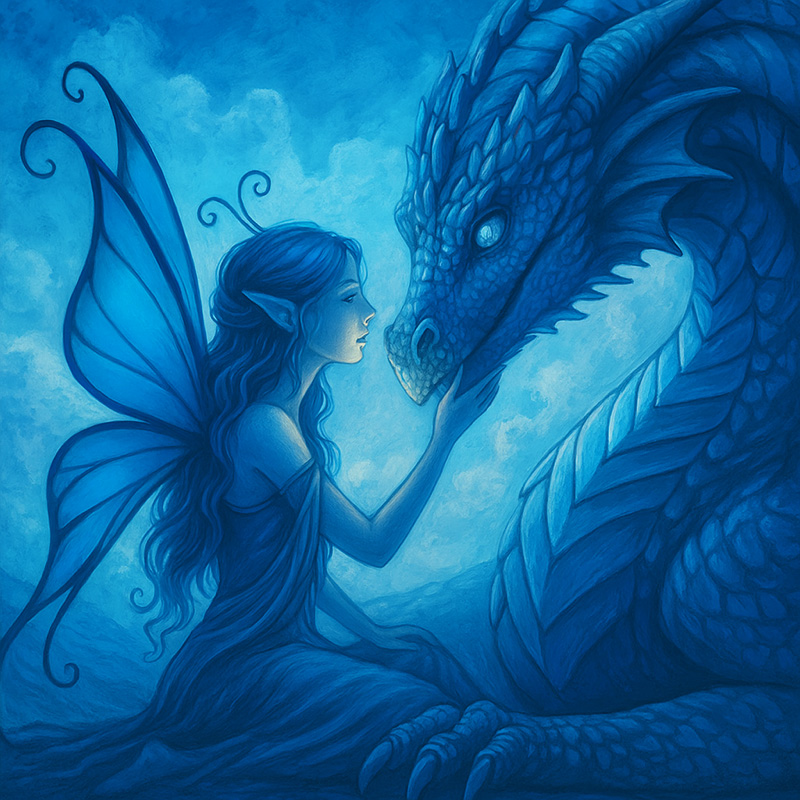Category: Uncategorized
-

A New Collection of Faery Fantasies!
I’m honored to be a part of this new collection of novels about the fae! I hope you’ll check it out and discover some new favorite series. A stunning collection of the first books in six fan-favorite series by bestselling, award-winning fantasy authors! Discover the many worlds of Faerie in these novels filled with adventure,…
-

Ebook Formatter Uses My Book as Example
You’ve heard it before… the difference between an indie book which reads like a trad pubbed book and an indie book which reads like a vanity press heap of toad dung is all in how much effort you invest in doing the details. The biggest priority is to have a good editor. I’ve found that…
-

What is Amazon Author Rank?
You may have noticed that Amazon is Beta Testing a new form of ranking, which ranks the author, rather than the individual book. The logic, I presume, is that individual books may be relatively unimpressive in ranking, but if the author has many of them, the author is still selling well overall. At least, I…
-

Self-published Ebooks 20% of UK Genre Sales
How terrible that we have a larger choice of reading material than ever before in human history! The UK market is a year or two behind the US market in the shift to digital reading, though they are the second highest in the world, and UK ebook sales spiked 134% in 2012 to total £216…
-

Special Spice: Alliteration
A guest post by Rayne Hall Several words close together starting with the same sound can either empower your writing or spoil it, so use this technique with thought. Here are some examples of skilfully applied alliterations from famous books: …the foam-flakes flew over her bulwarks…. (Moby-Dick by Herman Melville) … the baked red ruts…
-

The Day My Son Discovered Death
I have three sons, who are six (almost seven), four (almost five) and three. Their usual conversations involve stories about dinosaurs and potty jokes. Yesterday, however, they startled me. The boys were fighting–hardly unusual–but when I went to break it up, my middle son turned to me and said, “Mommy, I wish you’d never had…
-

Price Fixing Books Destroys Literature
Quebec is considering fixing book prices, joining nations like France, Sweden, Mexico, Argentina, Japan, South Korea, Germany, Switzerland, Israel, and Belgium. The hearings on fixed prices for new releases are a direct result of lobbying efforts by the One Price for Books campaign, launched on August 22 of last year. Organized by a roundtable of…
-

“Dad, I don’t care about money”
When I was about twelve, I remember having a conversation with my Dad about What I Was Going To Do With My Life. I said, “I’m going to be a writer.” After he stopped laughing, he said, “Okay, now be serious. What are you going to do with your life?” He explained that only the…
-

Barnes and Noble Firesale on Nooks
Rumor has it that Barnes and Noble is planning to give up direct production of the Nook. Microsoft might take it over, or a breakaway child-company. The firesale on Nooks seems to lend credence to this rumor. The upside though is that you can get Nooks at incredible prices right now Wouldn’t that make a…
